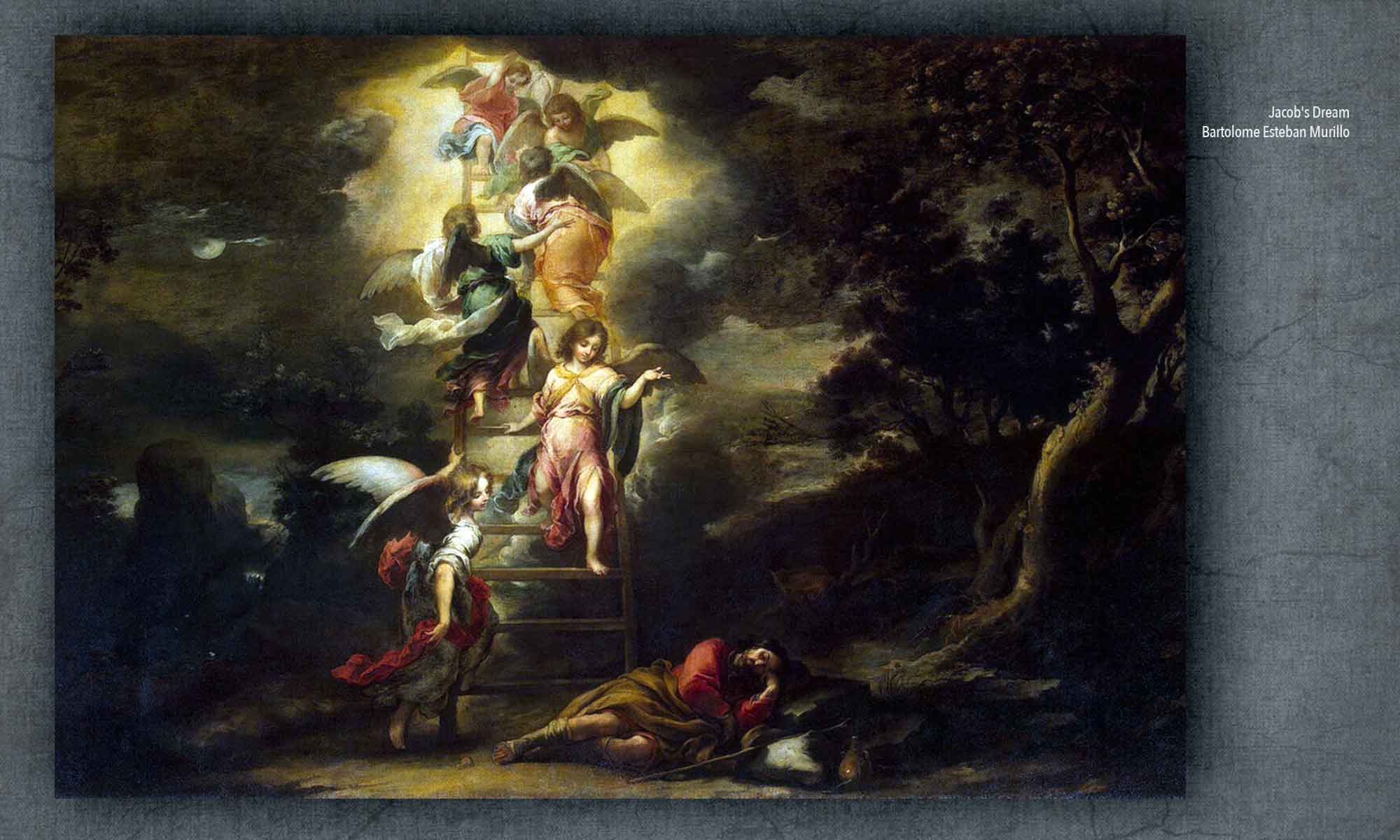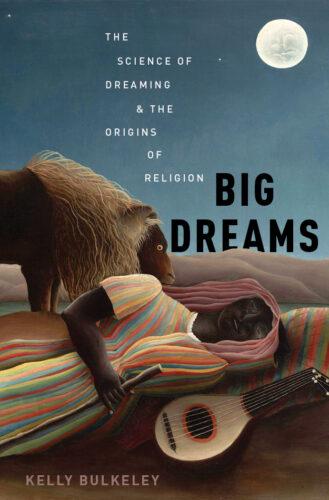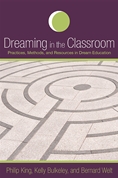 The Rev. Jeremy Taylor was one of the most prolific dream speakers and teachers of modern times. He traveled to every corner of the U.S., and to many countries around the world, reaching out to people and promoting greater awareness of dreaming. He combined his background as a Unitarian-Universalist minister with a deep familiarity with Jungian archetypal psychology to not only help people better understand their dreams, but to get them excited and energized about the amazing adventure of psychological growth and spiritual discovery that opens up once they start paying more attention to general human experience of dreaming.
The Rev. Jeremy Taylor was one of the most prolific dream speakers and teachers of modern times. He traveled to every corner of the U.S., and to many countries around the world, reaching out to people and promoting greater awareness of dreaming. He combined his background as a Unitarian-Universalist minister with a deep familiarity with Jungian archetypal psychology to not only help people better understand their dreams, but to get them excited and energized about the amazing adventure of psychological growth and spiritual discovery that opens up once they start paying more attention to general human experience of dreaming.
That was certainly his effect on me. One of the clearest signs of that effect is how often I turned to him when organizing a new collaborative project. Over the years I have edited or co-edited six books, and Jeremy wrote chapters for four of them—by a large margin, he is the all-time champion of contributors!
These chapters covered a wide range of topics, yet they all revolved around a perennial set of concerns. Here are some excerpts, to give a sense of
In Among All These Dreamers: Essays on Dreaming and Modern Society (SUNY Press, 1996), Jeremy’s chapter is titled “Traversing the Living Labyrinth: Dreams and Dreamwork in the Psychospiritual Dilemma of the Postmodern World.” Here’s a passage that expresses his conviction about the power of sharing dreams in group settings:
“When people gather together to explore their dreams, they enter into a process which challenges and promotes withdrawal of the projections, denials, and self-deceptions that fuel the collective dramas of gender, race, class, and other oppression. The emotional, psychological, and ultimately spiritual information revealed by the successive layers of ‘aha’ recognition of the multiple meanigns that are woven into every dream inevitably brings the people involved in the process closer to their wellsprings of archetypal creative energy. My own experience in working in prisons, community organizing projects, and the like, has convinced me that all dreams serve evolving health and wholeness, not only for the individual dreamer, but for the society, the species, and the cosmos as a whole.” (154)

In Dreams: A Reader on the Religious, Cultural, and Psychological Dimensions of Dreaming (Palgrave, 2001), Jeremy wrote a chapter titled “Group Work with Dreams: The ‘Royal Road’ to Meaning.” His essentially positive, optimistic, and growth-oriented perspective comes through in this passage:
“One of the most important self-deceptions that dreams regularly address is the sense that a situation is hopeless and that there is nothing the person can do about this situation in his or her life. In my experience, no dream ever came to anyone to say, ‘Nyeah, Nyeah—You have these problems and there’s nothing you can do about them!’ Thus if a person has a dream and understands upon awakening that the dream makes reference to a seemingly unsolvable problem in his or her waking life, it means that, in fact, some creative, potentially effective response is possible, and in the service of health and wholeness the dream is directing the dreamer’s attention to those as-yet-unperceived possibilities. If this were not the case, the deam would simply not have been remembered. In fact, this is a generic implication of all remembered dreams: If a dream is remembered at all, it suggests that the dreamer’s waking consciousness is capable of playing a creative, positive, even a transformative role in the further unfolding of whatever issues and situations are taking symbolic shape in the dream.” (198)
A book I edited with Kate Adams and Patricia M. Davis, Dreaming in Christianity and Islam: Culture, Conflict, and Creativity (Rutgers University Press, 2009), has as its final chapter a work from Jeremy titled “The Ambiguities of Privilege.” Here he talked about the ambiguous role of dreams in institutional religions:
“Whenever religious hierarchies grow physically, emotionally, and theologically distant from their less educated and more humble followers over extended periods of time, this archetypal drama of fundamentalism and renewal is awakened and energized once more. Because of the universally privileged position dreams and dreaming occupy in the sacred narratives of the world, a return to lay interpretation of dreams also tends to emerge as a universal element in this repeating drama in its early stages. But the spontaneous, inspired interpretation of dreams brings with it its own set of problems and difficulties.” (244)
The collection Teaching Jung (Oxford University Press, 2012), which I co-edited with Clodagh Weldon, has a chapter by Jeremy titled “Teaching Jung in Asia.” Here he expresses some of the core questions that animate his exploration of dreams:
“It is my own evolving understanding of Jung over the decades that has led to the evolving ‘ministry of dream work’ that I have now pursued for more than forty years as a Unitarian-Universalist minister. Following Jung’s lead, I begin with the assumption that all dreams (even our worst nightmares) come in the service of health and wholeness and speak a universal language… In my experience, all dreams remembered from sleep ask the same basic psychospiritual questions: Who am I, really? How fully am I giving creative expression to this only partially conscious genuine self? What, specifically, can I do to move more in the direction of authentic health and wholeness, not only for myself but also for the species and the planet as a whole?” (199)
And it should be noted that in all these edited book projects, Jeremy was always among the first contributors to finish his draft and the first to respond to editorial requests for changes and revisions. He wrote as he spoke and taught, with tremendous grace, boundless passion, and a remarkable fluency of language. His was a singular voice in the study of dreams.


 In the past couple of weeks I have spoken several times with journalists about
In the past couple of weeks I have spoken several times with journalists about 


